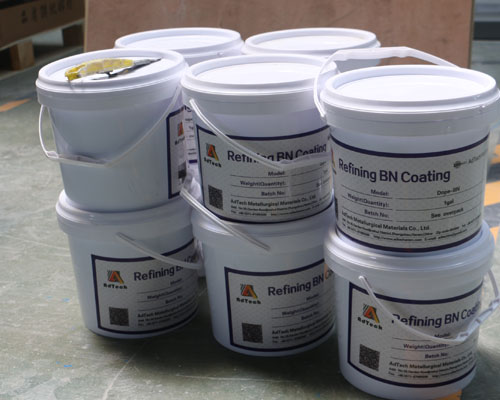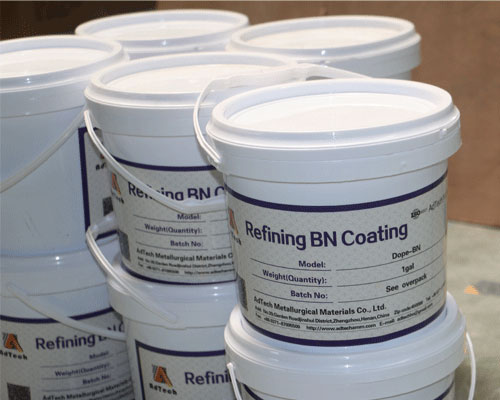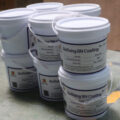Better metal quality leads to higher product quality. How can BN coating improve molten metal quality? A good example in the foundry industry is the following benefits can be brought about by the correct choice of BN coating:
- Control heat transfer to achieve better directional solidification and ensure correct filling of the casting.
- Control the flow of metal to ensure that it reaches all parts of the mold at a sufficient temperature to prevent the formation of seams, cold coils, etc.
- Easy to release, because the extraction temperature of the casting is just below the solidification temperature, so easy release can ensure that the casting will not be deformed.
- A good surface can reduce the cost of dressing.
- The mold life is longer, which improves productivity and reduces maintenance.
- In aluminum foundries, the correct boron nitride coating can prevent degradation of the substrate, provide better fluidity while reducing oxide formation, and smooth twin-blade release, thereby speeding up casting turnaround time.
The quality of BN coating used: avoid using powdered BN, as this may indicate poor reaction production. Dilution is not always an economic advantage. Dilution is more of a method or tool to achieve the desired film coating on the substrate. For example, the higher the dilution, the more wet paint is needed to achieve the minimum dry film thickness target.

Properties of Boron Nitride (BN)
- In an inert and reducing atmosphere, the maximum operating temperature can reach 1800°C, the operating temperature before sublimation in a vacuum atmosphere can reach 1400°C, and in an oxidizing atmosphere 1000°C.
- Very high thermal conductivity-about 0.08 cal/(cm-sec-K) at room temperature, very suitable for radiators, and as an additive to improve the thermal conductivity of oils, coolants, potting materials, friction plates and release agents Coefficient agents.
- As a ceramic, BN is an excellent low-loss insulator material, and its dielectric properties are better than dense alumina. Its dielectric constant is about 4 (half of Al2O3), and its dielectric strength is close to 1,000 volts per kilomil, which is more than twice that of alumina. BN is also transparent to microwave energy.
- It is completely inorganic and inert, and will not be wetted by molten aluminum, magnesium and its slag. Most molten metals and slag also have excellent non-reactivity. It is usually used as a mold release agent and molten salt, cryolite, aluminum, magnesium, silicon, iron, steel, copper, lead-free glass, germanium, indium, antimony, tin, cadmium and metal oxide container materials, and many others material. Also used for brazing stop and welding spatter release.
- Hexagonal boron nitride (h-BN) is hexagonal and plate-like like graphite, providing similar lubrication, but can be used at higher temperatures. Therefore, boron nitride is often referred to as “white graphite”. However, unlike graphite, BN maintains lubricity in a vacuum atmosphere, making it an ideal lubricant for high-temperature hot pressing and isothermal forming of superalloys.





